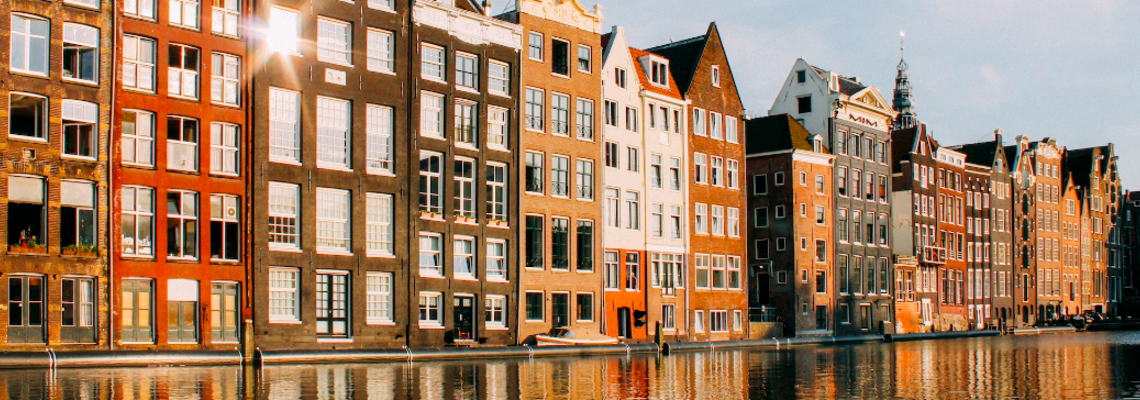
New low emission zones in Amsterdam!
Since the beginning of the year, the city of Amsterdam has banned heavy buses and lorries in the city centre. Heavy goods vehicles over 7.5 tonnes are banned within the canal belt (S100). Next year, there will also be up to 30 zero-emission zones in the Netherlands. Even if transitional periods still apply for some time, the Netherlands is on a fast track out of combustion mobility.
The city of Amsterdam has introduced a number of low emission zones (LEZ) to improve air quality in the city and promote the transition to electric mobility. The main environmental zone covers the area within the A10 ring road. Some roads are not affected. There are driving bans for certain classes of diesel vehicles and motorbikes may not be older than 2011, unless they are electric.
Since the beginning of 2024, there have been two new low emission zones in Amsterdam city centre. The zones are located within the S100, i.e. the area within the canal belt. They prohibit heavy buses and lorries from entering. Only vehicles up to 7.5 tonnes are permitted. The introduction of these IPs will have a significant impact on retailers and other commercial businesses.
In addition, around 30 cities in the Netherlands, including Amsterdam, are to become zero-emission zones from 2025. From this date, vans and lorries will only be allowed to enter the city if they are electric or hydrogen-powered. However, there are transitional regulations that give companies time to replace their vehicles. For example, Euro5 vans will be allowed to drive until the end of 2026 and Euro6 vans until 2027. HGVs that are no more than 5 years old on 1 January 2025 may even be driven until the end of 2029. Semi-trailer lorries that are no more than 8 years old on the cut-off date at the beginning of 2025 have the same deadline.
Nevertheless, the measures are likely to lead to considerable costs for commercial companies that have to renew or replace their vehicle fleets. In addition, the driving bans could significantly affect the logistics and supply chains of these companies.
On the other hand, the new regulations offer significant advantages for electromobility. The strict driving bans and the introduction of zero-emission zones will boost demand for electric and hydrogen vehicles. This could lead to increased innovation and development in the electric mobility industry as more and more companies and private individuals switch to zero-emission vehicles.
In addition, the new regulations are also expected to significantly improve air quality in Amsterdam and other Dutch cities. This could lead to long-term health benefits for residents and increase the city's attractiveness for tourists and potential residents.
The introduction of low emission zones in Amsterdam brings both challenges and opportunities. While commercial businesses face significant costs and logistical challenges, the promotion of electric mobility offers significant environmental and public health benefits. It remains to be seen how these regulations will affect the economy and quality of life in Amsterdam in the long term.
